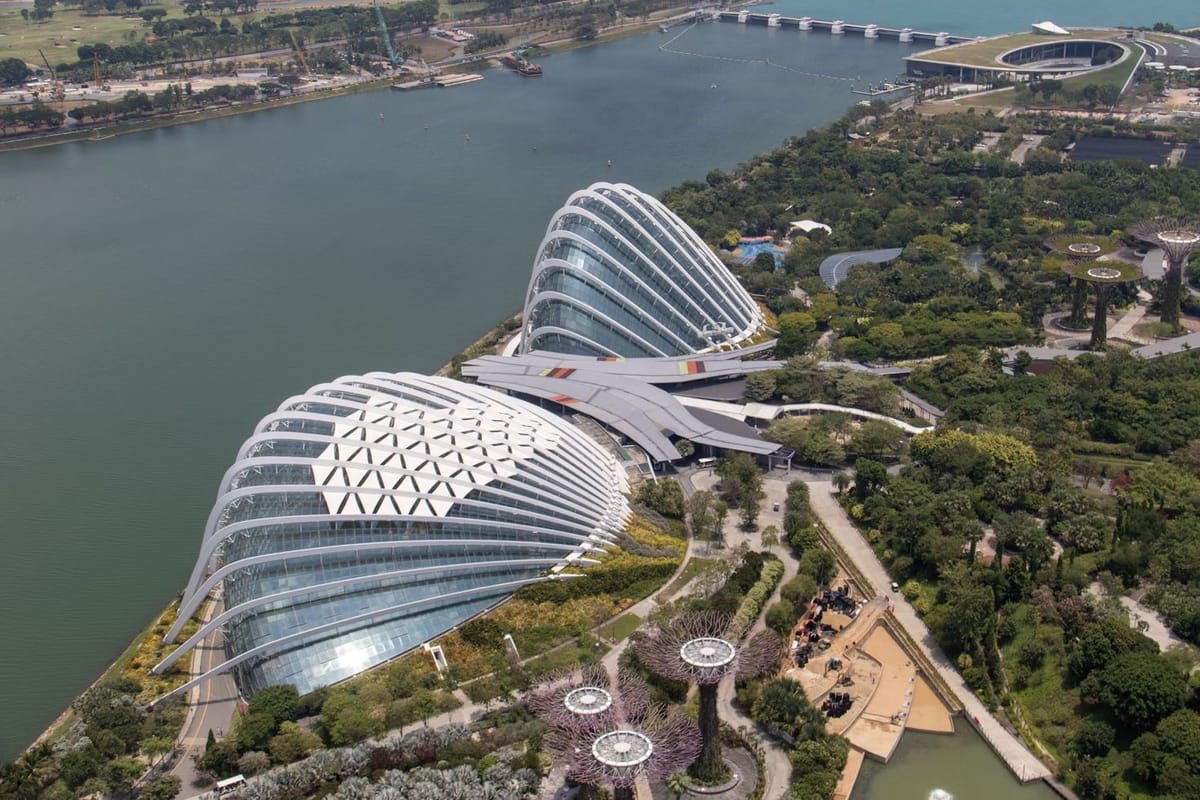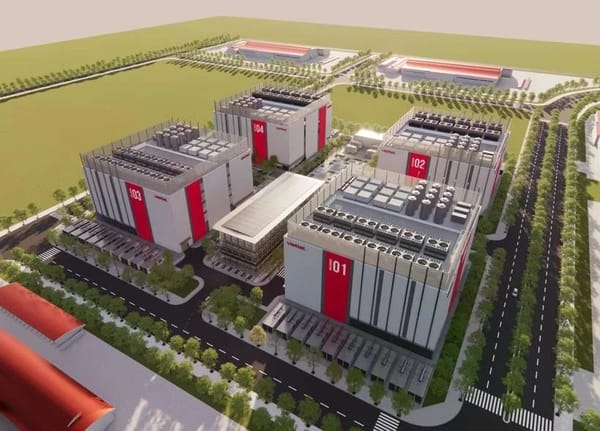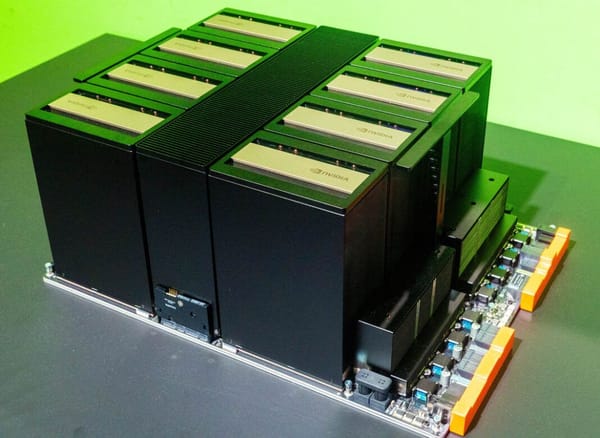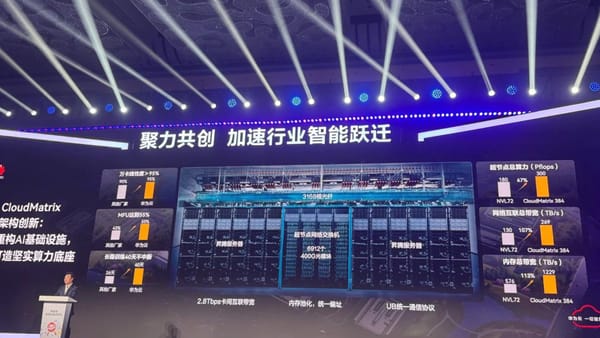Dissecting Singapore's 300MW allotment for data centres
Two things the announcement is and two things it is not.

Singapore this week announced that it will allocate at least 300 megawatts (MW) of additional capacity in the near term for data centres. This is an earth-shaking amount when you consider how analysts have pegged Singapore's current data centre capacity at around 1,000MW.
I am still mentally sorting out the ramifications of the announcement. However, there were a few things that stood out immediately, which I'll highlight in this piece as the first instalment of a two-part series.
Here are two things the announcement is and two things it is not.
- It is about sending a strong signal
Data centres are the bedrock of our modern society today. We need the digital processing housed within these specialised facilities to power a plethora of systems for our everyday lives, from business operations to entertainment and e-commerce. Yet there is no denying that data centres put immense pressure on energy consumption and the environment, especially in the age of generative AI.
For years, Singapore has been reticent about releasing more data centre capacity for precisely this reason. The nation-state quietly initiated an "implicit" moratorium on new data centres in early 2019, though this was only officially acknowledged and reported in The Business Times at the end of 2020.
The moratorium lasted until 2022 when the pilot Data Centre – Call for Application (DC-CFA) exercise was launched. Four winners were chosen a year later and allocated 80MW of capacity in total. As of May 2024, construction has yet to start on these data centres, albeit for commercial reasons.
As you can see, it has been a long stretch without significant new data centre capacity. For data centre operators, Singapore has become a place that they automatically don't think about. By announcing 300MW of near-term capacity, Singapore is sending a forceful, univocal message that it is once again welcoming data centres.
- It is about capturing strategic opportunities
Last year, Singapore announced its intention to double its submarine-cable landing capacity over the next decade. In December, the National Artificial Intelligence Strategy 2.0 (NAIS 2.0) was also released to chart the nation's path forward and harness the benefits of AI.
All good and well. But how will all these happen with a minuscule 1.65% data centre vacancy rate, the lowest in all tracked cities globally?
An additional 300MW of data centre capacity offers much-needed breathing room to support the surging demand for digital services and capture strategic opportunities around key growth areas. And yes, it is also about dangling a carrot to incentivise the creation of a vibrant ecosystem to do data centres differently.
- It is not about turning Singapore into an AI training hub
Some commentators have reacted to the announcement by immediately declaring it as too little, too late. They certainly have a point: Some of the newest data centres are already at 150MW for each facility or even going beyond 300MW per data centre campus. In comparison, the allocated 300MW is a pittance.
One use case often cited for more data centre capacity is AI training. Yet cutting-edge AI training today requires tens of thousands of GPUs running at full tilt for weeks or months. At 700 watts for the Nvidia H100 GPU and up to 1,000 watts for the upcoming B200 GPU, the power requirements stack up very, very quickly.
The reality is Singapore cannot compete at the level needed for cutting-edge AI, even if it has unlimited renewable power. Meta recently ordered another 500,000 Nvidia GPUs, giving it access to a million GPUs. It is preposterous - and foolish - for Singapore as a sovereign nation to invest even a fraction of the US$30 billion Meta spent on GPUs for AI.
Instead, Singapore is seeking to do what it does best: Fighting smart and punching above its weight class. The idea is finding the right fulcrum point to move the needle with far lesser effort - be it in AI leadership or other spheres, not going toe to toe with the giants in areas where it is hopelessly outclassed.
- It is not a static allocation of capacity
On reading the announcement, it is natural for some to jump to the conclusion that next round of DC-CFA will likely be cancelled. That is not the case.
From my communications with IMDA, it is clear that the 300MW is capacity that schemes such as the DC-CFA will draw down on. This will also be other schemes with differing criteria. And as noted in the Green Data Centre Roadmap (pdf), the Roadmap is a living document that will evolve. Even now, I understand that the IMDA is engaging the industry to chart the future direction together.
Finally, the Roadmap dangles the tantalising prospect of "much more [capacity] through green energy deployments". Indeed, chatter within the data centre community suggests that organisations with access to renewables enjoy far greater laxity.
Taken together, the 300MW should hence not be viewed as a static allocation, but as the starting point in Singapore's updated approach to data centres.
A bold vision for the future
What ultimately struck me was the sheer audacity of Singapore's vision to take on multiple intractable challenges around sustainability and energy-efficiency in the data centre. Essentially doing what others say cannot be done.
But tenacious Singapore has done it before, turning itself from one of the most water-stressed nations into one having a significant amount of water resilience. Could it do the same with data centres?
Next week, I plan to dive into the Roadmap with additional thoughts on how Singapore could successfully redraw the boundaries of what's possible with data centres.




